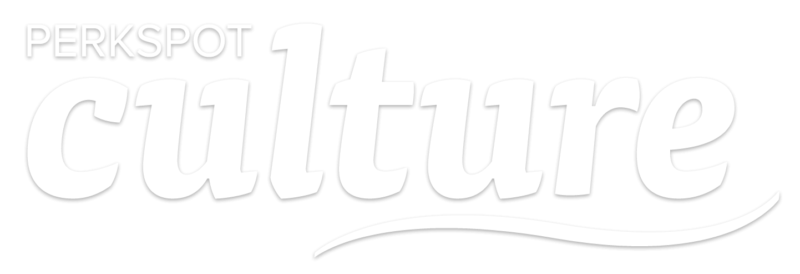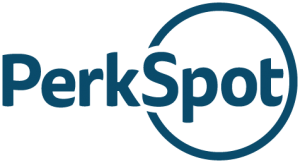The Key to Increasing Your Employee Retention Rate
According to a study done by SHRM last year, the largest challenge cited by workforce management was dealing with low employee retention rates. Unfortunately, the stats don’t lie on this one. Approximately 3 million Americans have quit their job each month since January 2019. Plus, replacing a highly-trained employee who leaves his or her position can cost up to 200% of their salary. Were some of them your employees? If so, your employee retention rate is probably top of mind.

But what can you do about this? Perhaps you’ve tried some of the common methods, like a new and improved onboarding process, a program that invests in your employees and their professional development, or an overhaul of your company culture. What happens when these don’t work?
How can you increase your employee retention rate? A rewards and recognition program is the key.
A rewards and recognition program allows you to formally recognize an employee for anything from a good deed around the office to a fantastic work ethic they exude to a project that goes above and beyond what you expect from them. What is really great about a rewards and recognition program is that it benefits both employer and employee. For employees, concrete appreciation in the workplace is a motivator and a reminder that the work they do is valued by their employer. For the employer, recognition can lead to increased engagement, productivity, and of course, retention rate.
What sets a rewards and recognition program apart from other recognition methods?
- Visibility
- Inclusivity
- Timeliness
Visibility
Typically, recognition used to be a private thing. Managers would bring employees into their office, or send them an email, letting them know they did a great job. As a result, the recognition goes widely unseen by the rest of the office or workplace, including other managers, executives, and coworkers. Consider the effect public and specific praise has, not only for the employee being praised but for his or her peers. We know that employees want recognition. So, when they see their fellow coworkers receiving it, and more importantly, they understand exactly what they did to receive it, they’re more likely to duplicate that exemplary work ethic. Or, perhaps, they’ll apply that drive and find a new and exciting way to succeed on their own! Either way, employers are guaranteed a more productive employee, and workers feel more motivated and incentivized to work harder.
Inclusivity
When you consider your employee retention rate, and the employees you want to retain, who comes to mind first? The executives, who will be the most costly to replace? The high performers, which will leave a gaping hole in your workplace? The under-engaged, who are at the most risk to quit their jobs? Instead of focusing on a specific target in your workforce, why not target everyone? A rewards and recognition program that puts everyone on the same playing field, and rewards everyone with the same kind of praise and monetary compensation means you don’t have to choose which employees you should focus your efforts on. Not to mention, employees will notice this change in the hierarchy. No one wants to feel as though their employer values another coworker over themselves, so remove that problem entirely with a rewards and recognition program that emphasizes inclusivity.
Timeliness
Imagine you just nailed a presentation or finally hit your lofty goal for your team. You know you’ll be recognized for your achievements, yet you find yourself waiting until the end of the quarter for the company to meet and hand out recognition, or even the end of the year, for that bonus to drop. Soon enough, you’ve forgotten about the achievement and the recognition that comes with it. Worse, you feel no drive to repeat those actions because you saw no praise or appreciation for them. Employee recognition should be given in real time, as soon as a manager (or peer!) hears of it. In doing so, an employee understands the connection between the output of good work and the reward that comes with it. Better yet, they will continue to strive for more rewards, meaning a continued stream of high-quality work.
A decreasing retention rate is something several HR managers are currently dealing with and unfortunately, many of their strategies to fix it aren’t working out well. That’s why a rewards and recognition program is the answer. It allows you to give public, on-the-spot recognition that all your employees can use. Click here to find out more about PerkSpot’s Rewards and Recognition program!













